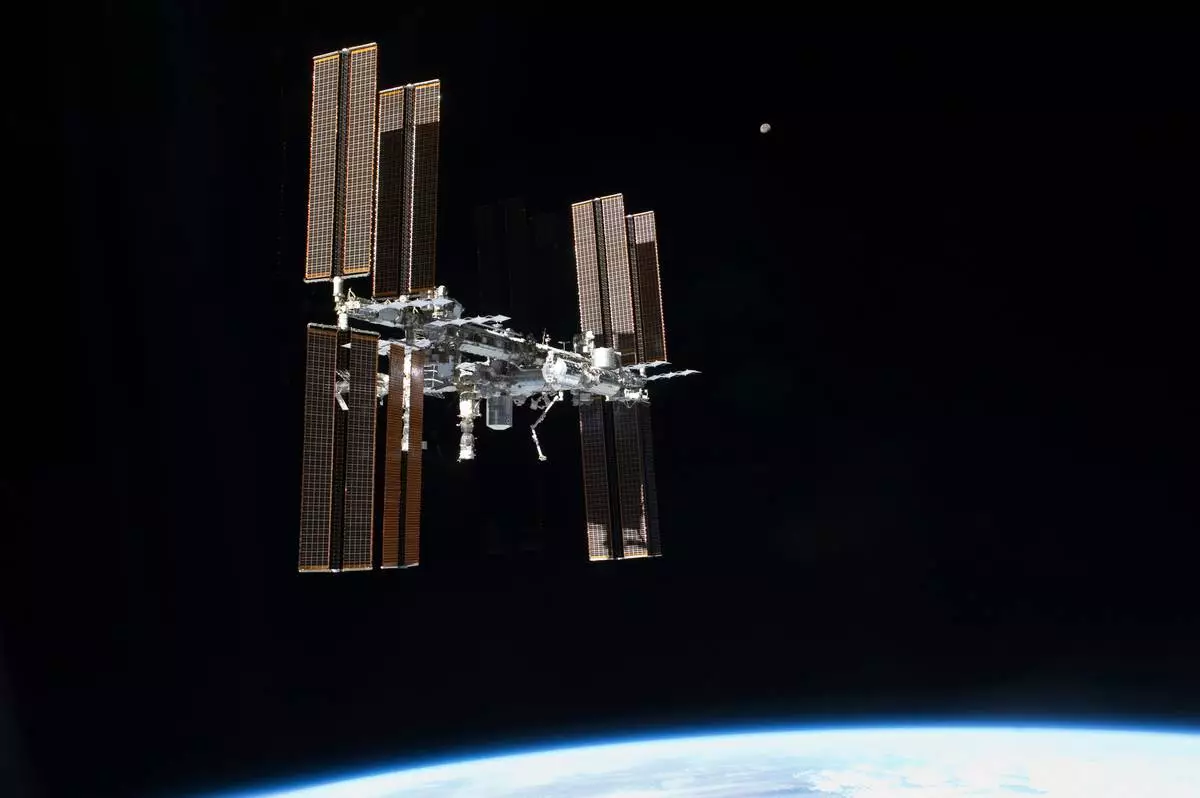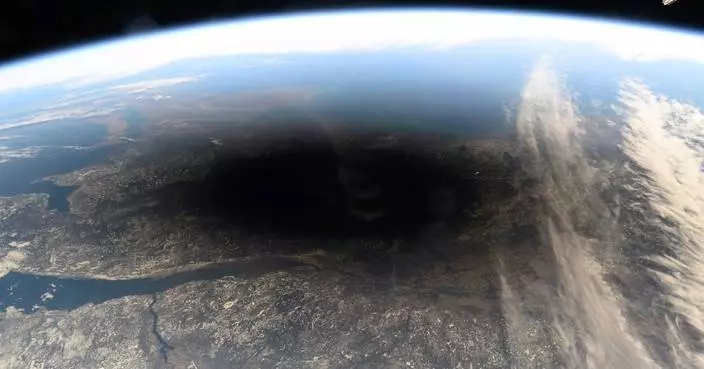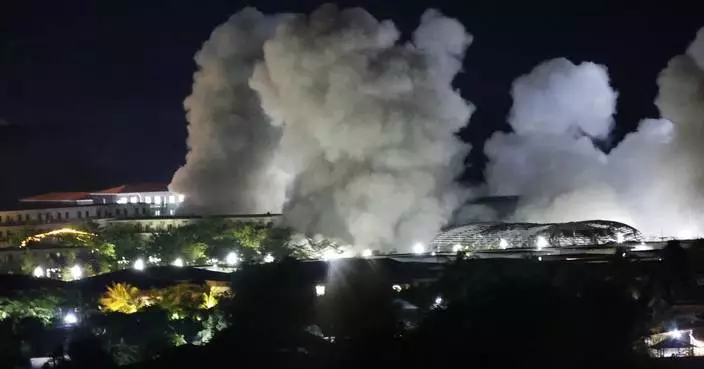Scientists at the US National Aeronautics and Space Administration (NASA) say they have come up with a simpler way to find planets that might support life.
The new model helps allocate scarce observing time to the most promising candidates, according to new research published in the Astrophysical Journal.
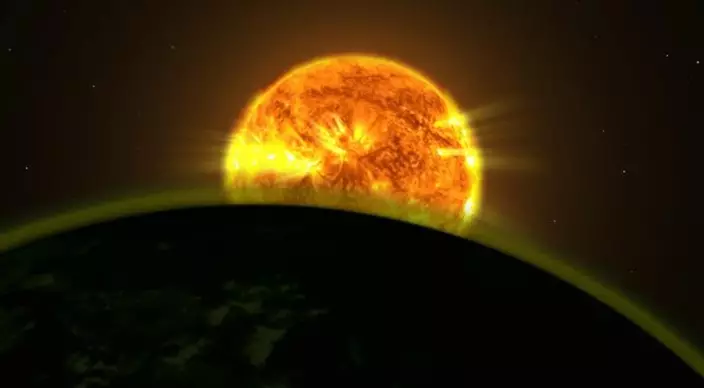
A star's light illuminating the atmosphere of a planet. /NASA Photo
"Using a model that more realistically simulates atmospheric conditions, we discovered a new process that controls the habitability of exoplanets and will guide us in identifying candidates for further study," said Yuka Fujii of NASA's Goddard Institute for Space Studies (GISS), lead author of the study, in a statement.
NASA has been hot on the trail of Earth-like planets.
Previous studies were forced to rely on one-dimensional and vertical models to simulate atmospheric conditions. The new research uses a model that calculates conditions in all three dimensions, allowing scientists to simulate the circulation of the atmosphere and the special features of that circulation, which one-dimensional models cannot do, according to NASA.

Liquid water is essential to life as we know it. If the temperature of an alien world allows liquid water to be present for sufficient time to allow life to thrive, it is considered potentially habitable. If a planet is too distant from its star, its surface water will freeze; if it is too close, its surface water will evaporate and be lost to space.
This happens when water vapor rises to a layer in the upper atmosphere called the stratosphere and gets broken into its elemental components, hydrogen and oxygen, by ultraviolet light from the star. The extremely light hydrogen atoms can then escape to space.
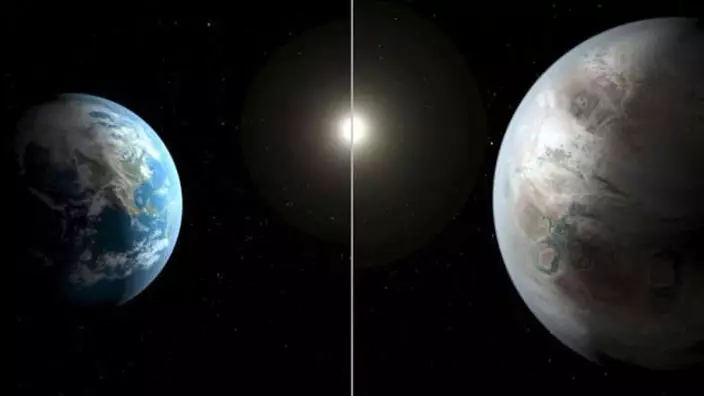
An illustration compares Earth to a planet beyond the solar system that is a close match, called Kepler-452b. /NASA Photo
Planets in the process of losing their oceans this way are said to have entered a "moist greenhouse" state because of their humid stratospheres.
For exoplanets orbiting close to their parent stars, the team found that the near-infrared radiation (NIR)-driven process could increase moisture in the stratosphere gradually. So, it is possible that an exoplanet closer to its parent star could remain habitable, contrary to old model predictions.
The new approach demonstrated that since these stars emit the bulk of their light at NIR wavelengths, a moist greenhouse state will result even in conditions comparable to or somewhat warmer than Earth's tropics, researchers say.
In the future, the team plans to vary those planetary characteristics, such as gravity, size, atmospheric composition and surface pressure to see how they affect water vapor circulation and habitability.


